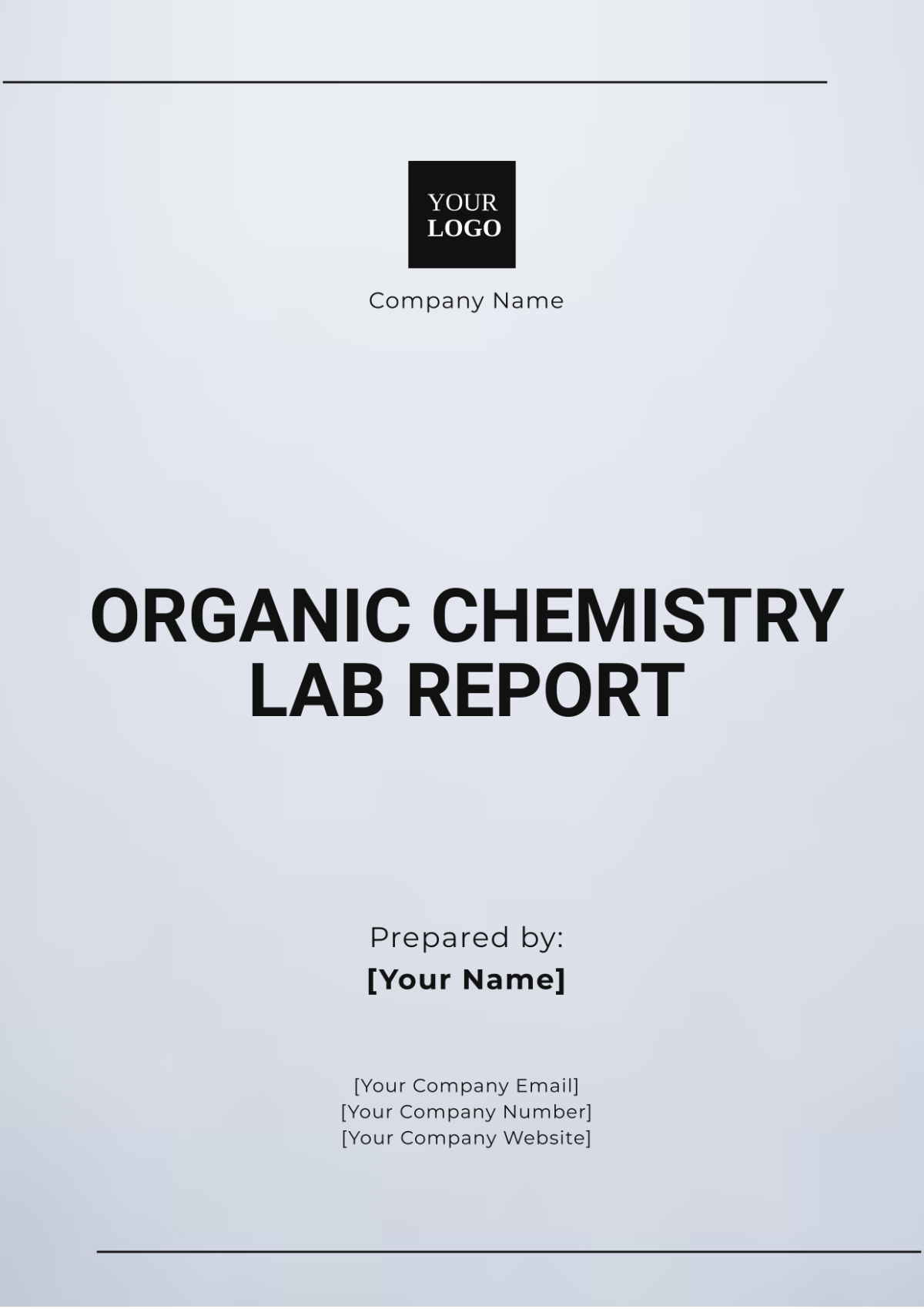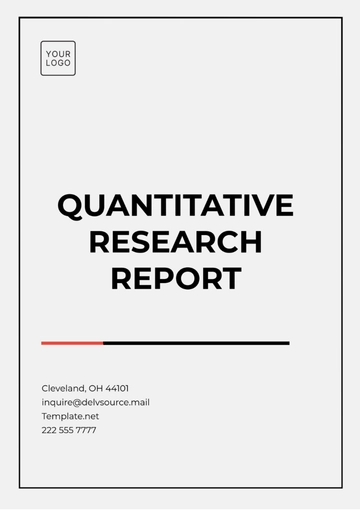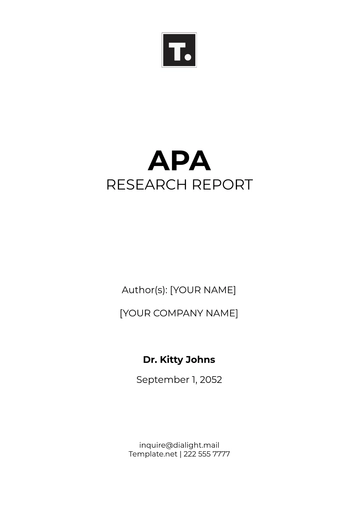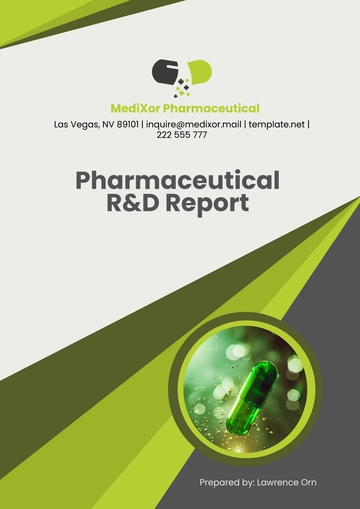Free Organic Chemistry Lab Report

Title: Synthesis and Characterization of Aspirin
Submitted by: [Your Name]
Date: [Submission Date]
1. Abstract
This report details the synthesis and characterization of aspirin (acetylsalicylic acid), a commonly used pharmaceutical compound. The experiment aimed to produce aspirin from salicylic acid and acetic anhydride, followed by a thorough analysis of the synthesized product. Techniques including recrystallization, melting point determination, and infrared spectroscopy were employed to verify the purity and structure of the synthesized aspirin.
2. Introduction
Aspirin, known chemically as acetylsalicylic acid, is a widely used nonsteroidal anti-inflammatory drug (NSAID). It is synthesized from salicylic acid and acetic anhydride through an esterification reaction. The primary objective of this experiment was to synthesize aspirin and evaluate its purity and structure using various analytical methods. Understanding the synthesis and characterization of aspirin not only demonstrates fundamental organic chemistry techniques but also highlights the importance of precise chemical processes in pharmaceutical production.
3. Experimental Procedure
3.1 Materials and Reagents
Salicylic acid (2.0 g)
Acetic anhydride (2.0 mL)
Concentrated sulfuric acid (0.5 mL)
Ethanol (10 mL)
Distilled water (50 mL)
Ice (for cooling)
Sodium bicarbonate (for neutralization)
3.2 Equipment
Round-bottom flask (50 mL)
Reflux apparatus
Büchner funnel
Vacuum pump
Melting point apparatus
Infrared (IR) spectrometer
3.3 Procedure
Synthesis of Aspirin
In a 50 mL round-bottom flask, combine 2.0 g of salicylic acid with 2.0 mL of acetic anhydride.
Add 0.5 mL of concentrated sulfuric acid as a catalyst.
Reflux the mixture for 30 minutes, maintaining a gentle boil.
Allow the reaction mixture to cool to room temperature, then add 10 mL of ethanol.
Pour the mixture into a beaker containing 50 mL of ice-cold water to precipitate the aspirin.
Filter the precipitated solid using a Büchner funnel and wash with cold distilled water.
Dry the solid in an oven at 60°C for 30 minutes.
Recrystallization
Dissolve the crude aspirin in a minimal amount of hot ethanol.
Filter the hot solution to remove any insoluble impurities.
Slowly cool the solution to room temperature and then to ice-cold conditions to allow pure aspirin crystals to form.
Collect the crystals by filtration and dry them.
Characterization
Melting Point Determination: Determine the melting point of the recrystallized aspirin using a melting point apparatus.
Infrared Spectroscopy: Record the IR spectrum of the aspirin to confirm the presence of characteristic functional groups.
4. Results
4.1 Melting Point
The melting point of the synthesized aspirin was determined to be 135-137°C. This is consistent with the literature value for pure aspirin, which ranges from 136-138°C.
4.2 Infrared Spectroscopy
The IR spectrum of the synthesized aspirin displayed the following characteristic peaks:
Wavelength (cm⁻¹) | Functional Group | Description |
|---|---|---|
1750 | C=O Stretch (Carbonyl) | Strong peak indicating the presence of an ester group. |
3200-3500 | O-H Stretch (Phenol) | Broad peak indicating residual phenolic hydroxyl groups. |
1600-1650 | C=C Stretch (Aromatic) | Peaks showing aromatic ring presence. |
4.3 Data Summary
Parameter | Value |
|---|---|
Melting Point | 135-137°C |
IR Spectral Peaks | 1750 cm⁻¹ (C=O), 3200-3500 cm⁻¹ (O-H), 1600-1650 cm⁻¹ (C=C) |
5. Discussion
The synthesis of aspirin was successful, as evidenced by the melting point and IR spectroscopy results. The melting point of the synthesized aspirin aligns closely with the expected value for pure aspirin, indicating the high purity of the product. The IR spectrum confirmed the presence of key functional groups: the carbonyl stretch at 1750 cm⁻¹ corresponds to the ester bond, while the broad O-H stretch at 3200-3500 cm⁻¹ suggests that some phenolic groups might still be present, possibly due to incomplete reaction or residual salicylic acid. The presence of the aromatic ring was confirmed by the C=C stretch in the IR spectrum.
The experiment demonstrated the effective application of synthesis and characterization techniques. However, further refinement of the reaction conditions and purification methods could improve the yield and purity of the final product.
6. Conclusion
The experiment successfully synthesized aspirin from salicylic acid and acetic anhydride. The synthesized aspirin was characterized by melting point determination and IR spectroscopy, confirming its identity and purity. This exercise highlighted the practical aspects of organic synthesis and analytical techniques in chemistry.
7. References
Smith, J. (2052). Organic Chemistry: Principles and Practice. 3rd ed. Wiley.
Jones, L., & Taylor, M. (2051). Modern Organic Synthesis: A Review. Springer.
8. Appendices
8.1 Appendix A: Raw Data
Melting Point Data: Detailed records of temperature readings during the melting point determination.
IR Spectra: Full spectrum data with labeled peaks.
8.2 Appendix B: Calculations
Yield Calculation: Detailed steps for calculating the yield of aspirin from the experiment.
Purity Calculation: Methods used to assess the purity of the synthesized aspirin.
- 100% Customizable, free editor
- Access 1 Million+ Templates, photo’s & graphics
- Download or share as a template
- Click and replace photos, graphics, text, backgrounds
- Resize, crop, AI write & more
- Access advanced editor
The Organic Chemistry Lab Report Template from Template.net is an essential tool for chemistry students. Fully customizable and editable, this template offers a structured format for documenting your experiments, reactions, and findings. Tailor it to your specific lab requirements, ensuring accuracy and professionalism in every report. Ideal for students who want to streamline their lab work and present their results with clarity and precision.
You may also like
- Sales Report
- Daily Report
- Project Report
- Business Report
- Weekly Report
- Incident Report
- Annual Report
- Report Layout
- Report Design
- Progress Report
- Marketing Report
- Company Report
- Monthly Report
- Audit Report
- Status Report
- School Report
- Reports Hr
- Management Report
- Project Status Report
- Handover Report
- Health And Safety Report
- Restaurant Report
- Construction Report
- Research Report
- Evaluation Report
- Investigation Report
- Employee Report
- Advertising Report
- Weekly Status Report
- Project Management Report
- Finance Report
- Service Report
- Technical Report
- Meeting Report
- Quarterly Report
- Inspection Report
- Medical Report
- Test Report
- Summary Report
- Inventory Report
- Valuation Report
- Operations Report
- Payroll Report
- Training Report
- Job Report
- Case Report
- Performance Report
- Board Report
- Internal Audit Report
- Student Report
- Monthly Management Report
- Small Business Report
- Accident Report
- Call Center Report
- Activity Report
- IT and Software Report
- Internship Report
- Visit Report
- Product Report
- Book Report
- Property Report
- Recruitment Report
- University Report
- Event Report
- SEO Report
- Conference Report
- Narrative Report
- Nursing Home Report
- Preschool Report
- Call Report
- Customer Report
- Employee Incident Report
- Accomplishment Report
- Social Media Report
- Work From Home Report
- Security Report
- Damage Report
- Quality Report
- Internal Report
- Nurse Report
- Real Estate Report
- Hotel Report
- Equipment Report
- Credit Report
- Field Report
- Non Profit Report
- Maintenance Report
- News Report
- Survey Report
- Executive Report
- Law Firm Report
- Advertising Agency Report
- Interior Design Report
- Travel Agency Report
- Stock Report
- Salon Report
- Bug Report
- Workplace Report
- Action Report
- Investor Report
- Cleaning Services Report
- Consulting Report
- Freelancer Report
- Site Visit Report
- Trip Report
- Classroom Observation Report
- Vehicle Report
- Final Report
- Software Report





























